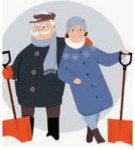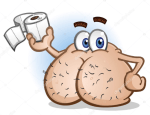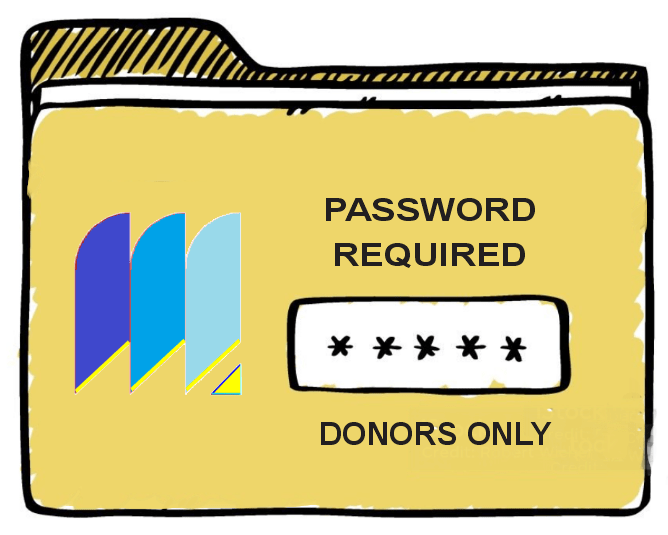 Avoid injury when shoveling snow around your home
Avoid injury when shoveling snow around your home
Snow is inevitable in a Canadian winter. Along with its beauty, it also brings risks. Too many people suffer injuries because they did not prepare themselves or clear the snow from their properties in safe and proper ways. Some Canadian communities provide a snow clearing service for citizens who meet certain conditions such as age and/or disability. You should contact your city services centre to learn if you are eligible for such assistance.
In most communities, citizens are obligated to remove snow and ice from sidewalks bordering their property within 24 hours after a snowfall. But don’t rush out to do your snow shoveling without taking necessary precautions and preparation to avoid personal injury. Shoveling snow is easier and safer if you use the right gear and correct technique.
- Dress the part
Dress for success…and safety. Wear layers to stay warm and dry but avoid bulking up so much that you restrict your range of movement. Go with the basics of a hat, gloves with enough padding to prevent blisters and sturdy boots with good tread.
- Stretch it out
SHOVELING is an exercise, so it’s important to warm up to the task. Take a walk around the block, or even halfway and back to warm up the muscles. Do some light stretches, focusing on your arms, legs and back.
- The right stuff, prepared properly
Use the right equipment: an ergonomically curved handle that is long enough so you don’t have to bend much while using it. A smaller blade size avoids dealing with large, heavy loads. Spray the blade with silicone lubricant to prevent snow from sticking to it. Snowblower users may find spraying machine parts of the machine where the snow passes may propel the snow more efficiently and effectively.
- Get a grip
Protect against a nasty fall by spreading salt or sand on any slippery spots that you may have to traverse or stand on while SHOVELING.
- Focus on posture
Push the snow as far to the edge of the driveway as possible before you have to lift it into a pile.
Keep your back straight as you push. Periodically switch between SHOVELING right- and left-handed to avoid a one-sided workout.
- Lift straight
Stand with feet shoulder-width apart, bend at the knees and scoop up small-to-medium amounts of snow. Keep the shovel blade close to you to minimize back strain. Avoid lifting heavy loads and try not to twist your body when lifting and heaving snow.
- Take breaks and rehydrate
In frigid temperatures, moisture is being rapidly pulled from your body, but you may not notice the signs of dehydration. Allow yourself the occasional break for a drink of water or a hot non-alcoholic drink.
- Shovel in stages
Deeper—and especially wetter—snow means heavier loads. Instead of SHOVELING it all at once, skim half off the top, then do a second pass for the rest.
- Pile it up
If space allows, throw snow farther from your driveway at the start of the job, then clump it progressively closer. As you grow more tired from SHOVELING, you’ll have a shorter distance to heave the snow. - Team work
Use assistants if you have any available. Perhaps a spouse, a house partner, a child, the teen next door. Though you can hire someone to clear your snow, if you tackle the job properly, the exercise and health benefits are your gain.
Source: CAA Magazine, Craig Moy







